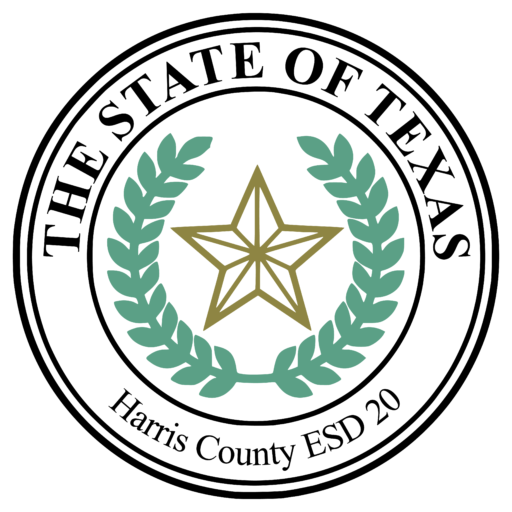What is an ESD?
Emergency Services Districts (ESDs) are political subdivisions of the State of Texas. They may support or provide local emergency services, including emergency medical services, emergency ambulance services, rural fire prevention and control services, and other emergency services authorized by the Texas Legislature. ESD’s may impose a sales and use tax and/or property tax to support or provide these services. In addition to other powers, an ESD may also own real or personal property, enter into contracts, employs officer, agents, and employees, accept donations, adopt and enforce a fire code, and provide a fire marshal.
ESD tax revenues may be used to hire full-time emergency personnel, contract with other entities that have full-time fire and emergency medical departments, and/or purchase new equipment and facilities. Through these powers and stable funding, established ESDs have considerably reduced fire and medical response times, provided stable funding for volunteer and other fire and EMS departments, and allowed local entities to provide enhanced services – thus saving lives, property, and funds for local citizens.
The establishment of an ESD may result in a better Insurance Services Office (ISO) rating within the ESD service area, and lower insurance premiums for businesses and homeowners. The result is fair, evenly-shared support from all the citizens who get fire and emergency medical from their local emergency services organization or the ESD itself.
ESDs are created under Texas Health and Safety Code, Chapter 775 or Chapter 776 as a means to better provide public funding for urban, suburban and rural emergency services organizations. ESDs are the only practical way to adequately support emergency services in many Texas municipalities as well as suburban and rural areas of the state.
An ESD collects taxes based on appraisals of real estate, personal property, and sales tax and either contracts with a service provider or provides the services directly. There are three types of ESDs:
- Fire protection
- Emergency medical services (EMS)
- Both fire protection and emergency medical services (EMS)
An ESD is governed by a board of commissioners who are elected to four-year staggered terms by the residents in the district. All candidates must file an application with an ESD board secretary or other officer appointed to carry out election duties. All members must be 18 years old and a resident of the district.
In Texas, there are approximately 289 ESDs in 89 counties providing funding for emergency services.
Some of the qualifications for applicants are:
- Community-oriented individuals, or have the desire to become involved
- Reside within the jurisdiction of the ESD
- Have a basic knowledge of business practices and/or fiscal issues
- Possess the ability to work with the other board members to ensure that the best possible service is provided to the residents of the district
- Have the time to dedicate and serve on the board
